Native 4K vs Upscaled 4K: Which One is Better?
Whether you're shopping for a new 4K UHD TV or playing the newest games on a PlayStation 5 or Xbox Series X, you can't avoid the topic of upscaled 4k vs native 4k.
Just what's the big deal, right? What difference does it make if one says "4K quality" and the other says "high resolution"? It turns out that native 4K and 4K upscaling are two methods of getting the same outcome.
But how different are they, exactly? We will next proceed to detail the primary distinctions between the two, which one you should choose and how to enhanced video to true 4K.
Part 1. What is Native 4K and Upscaled 4K?
1. What is native 4k?
Let’s see what does native 4k mean. The full 8.3 million resolution is only possible with a Native or True 4K projector, and each of those pixels may be addressed separately. For example, Sony's 4K projectors use three 4K panels, each with 8.3 million pixels, to provide the screen's True 4K resolution and stunning picture quality.
With a 4K picture at a more wallet-friendly price, a fake UHD projector is a way to go. They employ 1080p or Full-HD panels and semiconductors because they are less costly than those with full 8.3 million pixels.
To simulate a 4K resolution, the projector quickly moves each pixel on the screen. Very high quality at a fraction of the cost of a Native 4K projector.
2. What is upscaled 4k?
If you have a Full HD or 720p source, you can use 4K upscaling to make it seem even sharper and more pixel-dense on your 4K TV than it would on a native 1080p TV. Moving forward, let’s take a look at native 4K vs upscaled 4K.
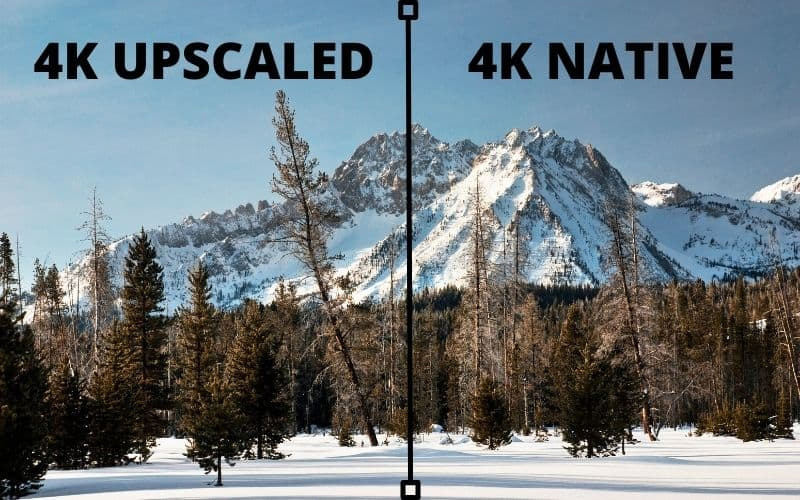
Part 2. What is the Difference Between Upscaled 4K and Native 4K?
When compared head-to-head, a 4K upscale and a native 4K resolution may seem similar. Of course, this doesn't imply that they're similar in any way. Both use the whole screen with a resolution of 3840 by 2160.
Let's discuss what makes a 4k upscaling vs native 4k.
1. True Resolution
The actual resolution of the video is a key differentiator between a 4K upgrade and a native 4K. Something in native 4K resolution is and always has been 4K resolution, while an upscale to 4K is not even close to the quality of the original resolution.
When compared to native 4K resolution, which is fundamentally 4K, 4K upscale actually provides a resolution of 1080p HD. Using the "2160p" nomenclature to describe 4K makes this point very evident. In this way, the vast superiority of 4K over its predecessor, 1080p, becomes clear (a.k.a. 2K).
2. Number of Pixels
4K televisions have four times as many pixels as HD televisions. There are only around two million original pixels in a 4K upscale, but there are eight million in a native 4K image. That's a huge jump, equivalent to almost six million pixels.
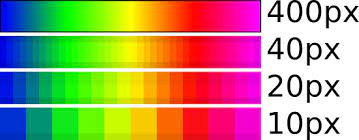
3. Interpolated Pixels
Though we'll go into interpolation in more detail later, for now, just know that a 4K upscale will have fewer interpolated pixels than a raw 4K image. Approximately six million interpolated pixels are required for the former to look well on a 4K TV, whereas zero are required for the latter.
Since it was created at a 4K resolution from the start, no more work is required for it to look well on a 4K television.
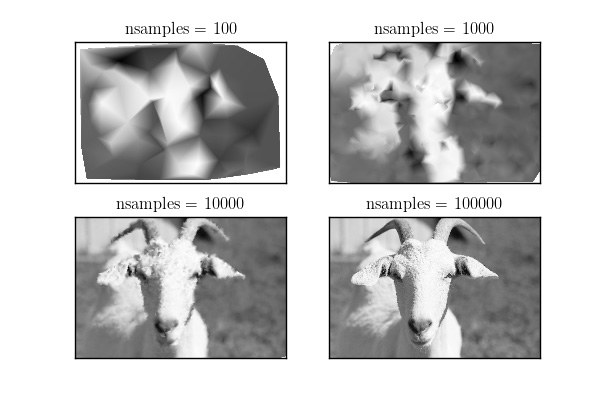
So, it was all the difference between upscaled 4k and native 4k.
Part 3. Native 4K vs Upscaled 4k: Which One is Better?
On paper, the 3840 by 2160 resolution of both upscaled and native 4K is identical. However, native 4K is superior to both, just as the optical zoom on a camera is superior to digital zoom.
Upscaled 4K
For 4K upscaling, methods like picture interpolation or employing false pixels are used. Upscaling from 1080p to 4K may be accomplished via the closest neighbor, bicubic, or bilinear interpolation
Nearest-neighbor interpolation, also known as the point sampling procedure, is the simplest of the three approaches and, as a result, the most popular technique for upscaling to 4K resolution.
A white grid is superimposed on top of a picture using nearest-neighbor interpolation, and a mathematical estimate is generated as to what color the blank pixels should be filled with depending on the colors of the four surrounding pixels.
Native 4K
But the native 4K is the original quality of the video file, which means that we don’t need to use any means to enhance the video file, as long as you have enough suitable equipment, you will be able to play a clear enough video.
Conclusion
So it's true that it's a simple enough procedure to make upscaled 4k video. It's possible, though, especially with fast-paced videos, for the final product to be rife with digital artifacts like jagged edges and blur.
Close inspection would reveal any blurring or distortion that existed. To put it simply, the end product would not look anything like native 4K. Which means Native 4K will be better than Upscaled 4K.
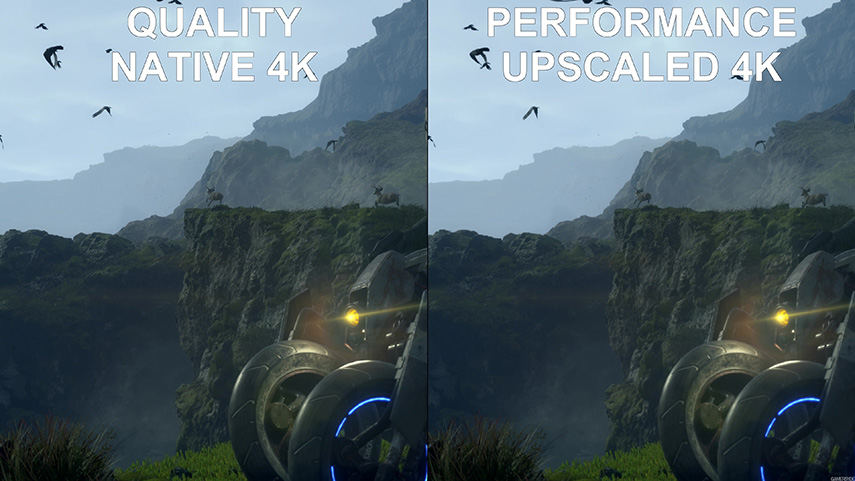
Part 4. Ultra-tips: How to Enhance Native 1080P to Upscaled 4K with Video Enhance AI Tool?
In addition, there are some problems that may bother us, that is, we do not have native 4K video, but some relatively low-quality video, such as 1080P or 720P video, then we can only use some AI enhance video tools to improve these low quality video.
HitPaw VikPea (formerly HitPaw Video Enhancer) has potentially unlimited uses. HitPaw AI Video Enhancer was launched on the idealism and ingenuity of its developers. HitPaw VikPea's digital user interface makes it easy to express yourself creatively.
This multimedia application, which is most likely the best video enhancer AI tool available online, allows you to create, share, and enjoy high-quality videos, photos, and even music on any device. This program works with both Windows and Mac operating systems.
In particular, which need to be reminded that AI technology in this AI upscale video tool is very mature. What makes you feel most helpful is its clean interface and simple steps. And the preview does not have a watermark, unlike some products on the market, the watermark will affect the preview of the effect.
Learn how to enhance the video to 4K with HitPaw AI Video Enhancer from this video:
Top Functions of HitPaw VikPea Include
- Artificial intelligence that has been trained to do its tasks.
- Using the software's built-in AI capabilities, you can make your videos seem better than ever with only a few clicks of the mouse.
- A video captured in low quality may be enhanced to seem as nice as an 8K video.
- To ensure that your videos come out as clear and sharp, it uses an upscaling mechanism to get rid of any background noise.
- Built-to-order AI software with the capability of modifying human faces and anime video.
Here are the steps of how to enhance 1080P video to true 4K with HitPaw Video Enhancaer
You may enhance your videos in the following ways with the help of HitPaw VikPea:
-
Step 1.You must first get HitPaw VikPea and set it up on your computer before you upscale 4K.
-
Step 2.Upload the native 1080P or native 4K video to HitPaw VikPea, and you can begin the AI-enhancement process.

-
Step 3.Pick the right artificial intelligence model of upscaling 4K videos and resolution you need from the three options emphasized in the picture.

-
Step 4.Click the Preview to see how it will look in reality after set up the 4K upscaling model using HitPaw VikPea.

-
Step 5.Select the export option to save your upscaled 4K video.

Part 5. FAQs of Native 4K vs Upscaled 4K
1. How Does Upscaled 4K Compare to Native 1080p?
While upscaled 4K isn't without its flaws, it still usually appears better than Full HD on a standard 1080p display. The reason behind this is that your 4K TV uses a variety of upscaling techniques, not only nearest-neighbor interpolation.
When these techniques are combined with color and contrast enhancements, your 4K television may generate images that seem almost identical to those of a native 4K picture and are much superior to those of native 1080p material.
2. What are Upscaled 4K’s Limitations?
The quality of upscaling to 4K from 1080p is superb. However, as was previously said, it is still inferior to native 4K resolution.
Various manufacturers of 4K televisions may apply interpolation in different ways, or there may not be a standardized approach with uniform phases. There is always some space for mistakes since there is a good deal of guessing involved.
Part 6. Conclusion
We covered everything about native 4K vs upscaled 4K in this article. From the difference between both and which one is better, we provided all the information you needed.
But when you want to enhance some videos you shoot or downloaded to 4K quality, you can choose HitPaw VikPea without hesitation, and it will definitely help you.






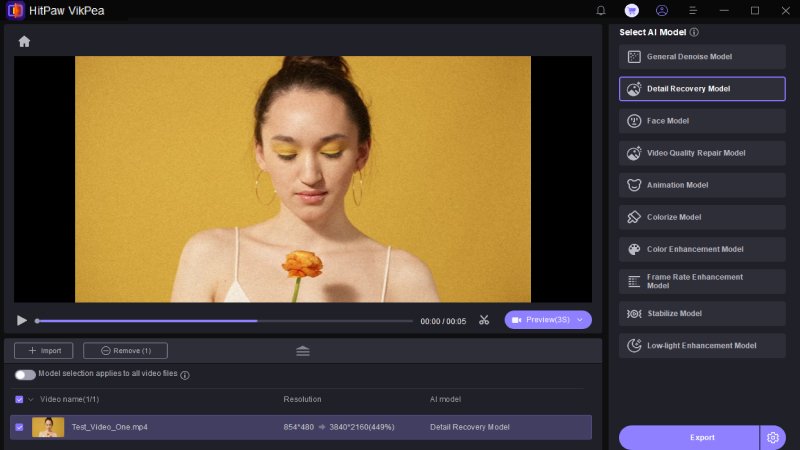

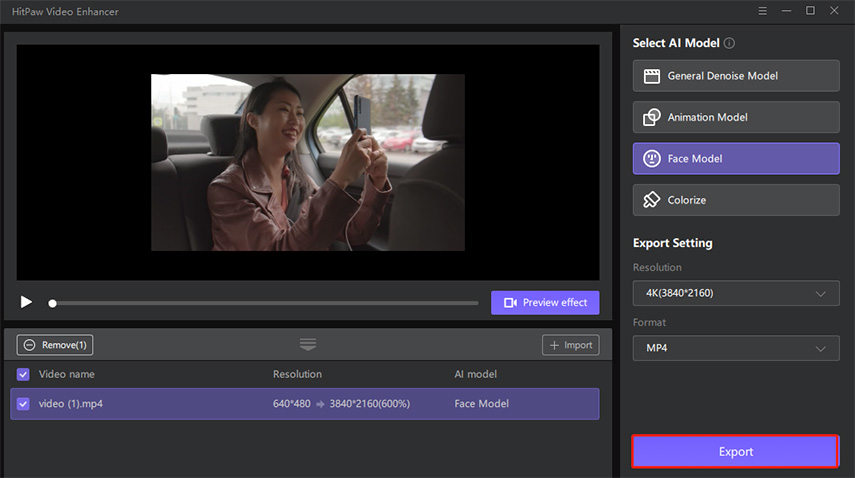

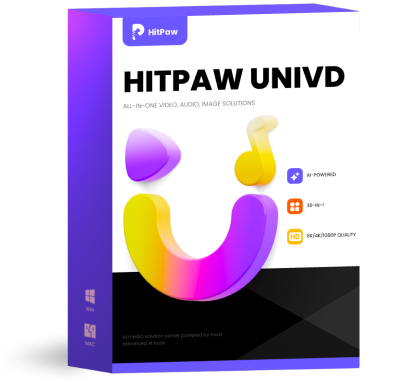 HitPaw Univd (Video Converter)
HitPaw Univd (Video Converter) 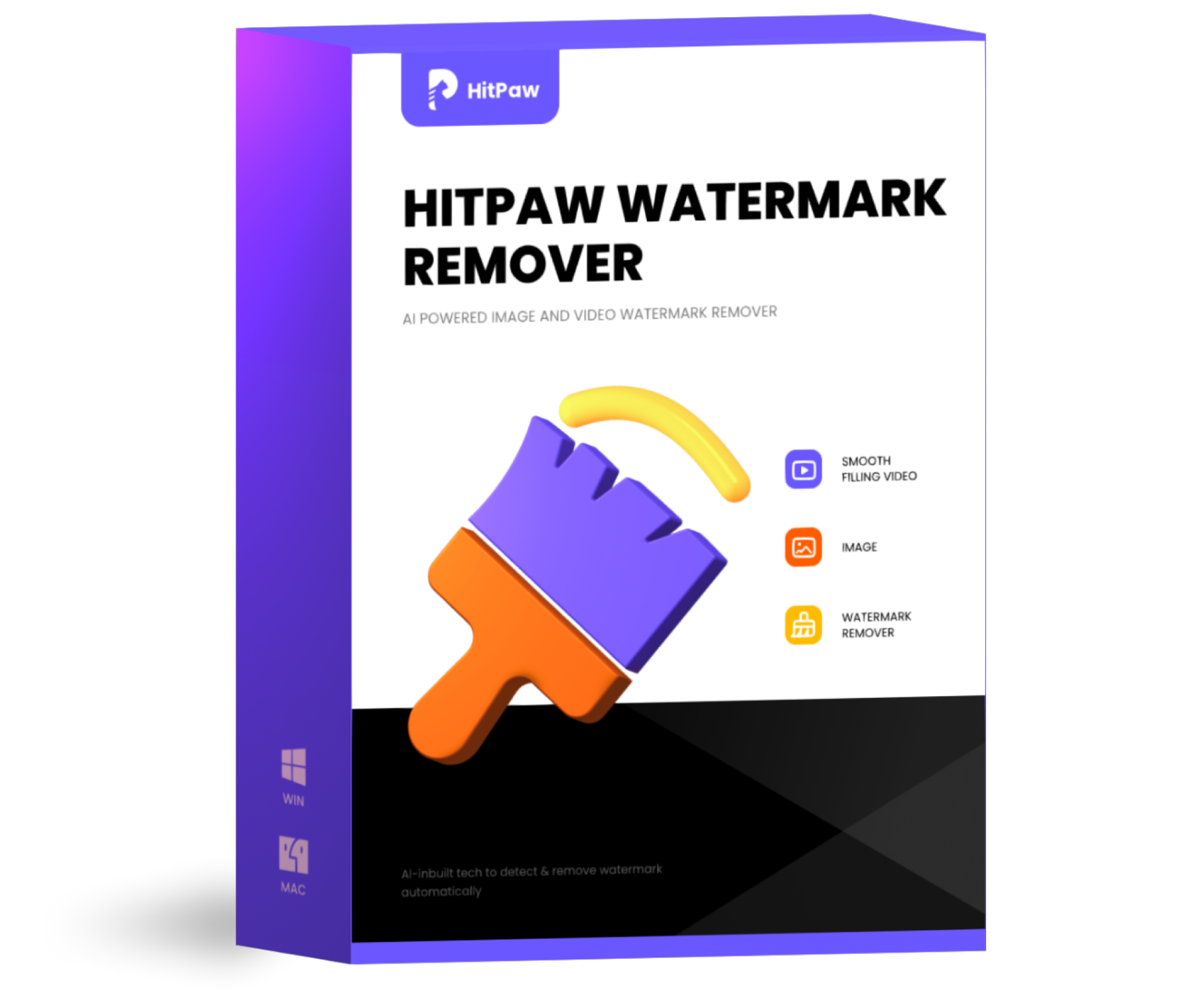 HitPaw Watermark Remover
HitPaw Watermark Remover  HitPaw VikPea (Video Enhancer)
HitPaw VikPea (Video Enhancer)

Share this article:
Select the product rating:
Daniel Walker
Editor-in-Chief
My passion lies in bridging the gap between cutting-edge technology and everyday creativity. With years of hands-on experience, I create content that not only informs but inspires our audience to embrace digital tools confidently.
View all ArticlesLeave a Comment
Create your review for HitPaw articles